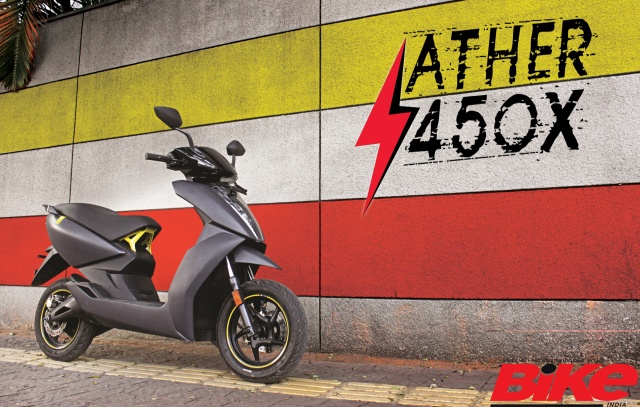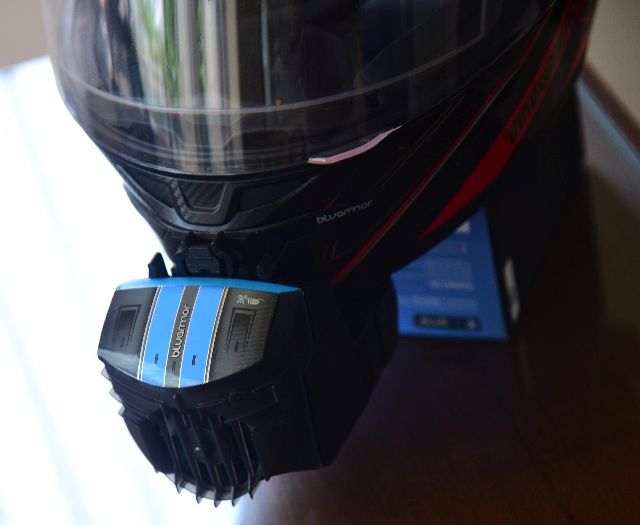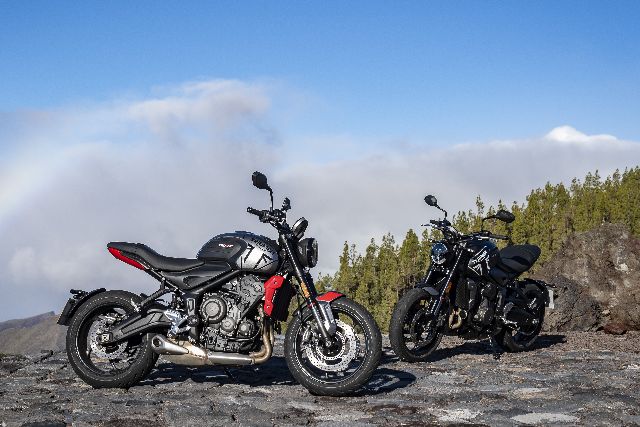Ather have expanded to more cities, including Pune, and we subjected the 450X to a real-world range test.
 [Read more…] about Ather 450X Road Test Review – Everyday Electric
[Read more…] about Ather 450X Road Test Review – Everyday Electric
Best Bikes in India | No.1 Two Wheeler Magazine
Ather have expanded to more cities, including Pune, and we subjected the 450X to a real-world range test.
 [Read more…] about Ather 450X Road Test Review – Everyday Electric
[Read more…] about Ather 450X Road Test Review – Everyday Electric
With the temperature rising in Pune, riding a motorcycle in traffic and for long distances was becoming quite uncomfortable. So when we received the Bluarmor Blu3 A10 (compact helmet cooler) test unit, we thought that was the solution.
 [Read more…] about Bluarmor Blu3 A10 Product Review – Keep a Cool Head
[Read more…] about Bluarmor Blu3 A10 Product Review – Keep a Cool Head
The TVS XL is celebrating 40 years of existence. Today, in its most modern guise with advanced features not even imaginable four decades ago, the XL 100 and its variants offer a lot more tech in the tried and trusted frame.
Triumph’s all-new entry-level Trident is powered by a 660-cc triple and is poised to take on the top-selling competition head-on with British style, a charismatic engine, and, according to Triumph, class-leading handling and value for money. We travel to Tenerife, Spain, to find out.
 [Read more…] about Triumph Trident 660 First Ride Review – Triumph’s Hat into the Ring
[Read more…] about Triumph Trident 660 First Ride Review – Triumph’s Hat into the Ring
![]()
The Honda CB500X has just been launched in India for Rs 6.87 lakh (ex-showroom), and is now the smallest-capacity ‘big’ Honda that you can buy in the country. We recently spent a day with this machine, and think that it deserves a good long look from anybody shopping for their first large-capacity motorcycle. Here’s why.
[Read more…] about Honda CB500X First Impressions: Could this be your first big bike?